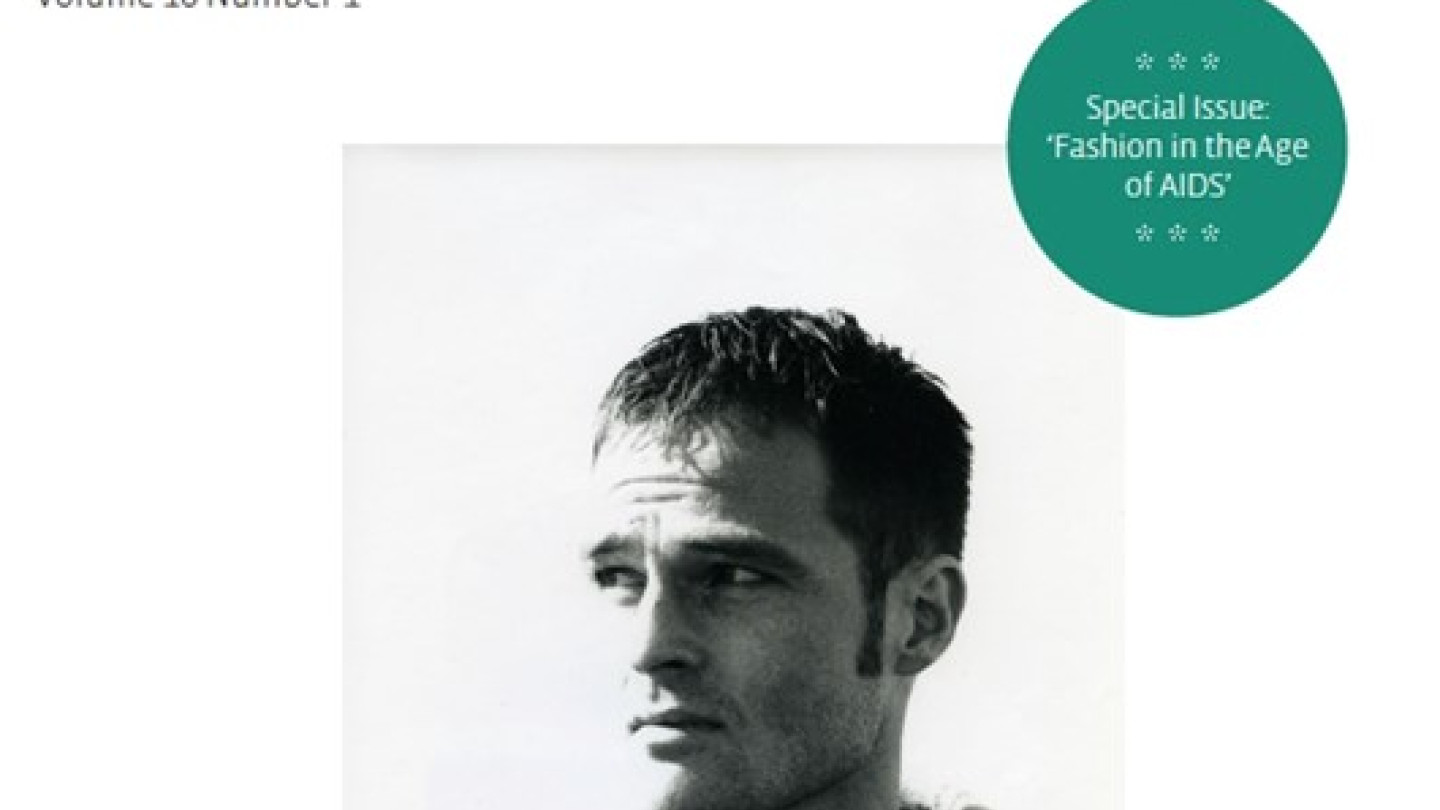Portrait of a gay researcher wasn’t good enough for a magazine cover until 30 years later

Silvola’s research question is this: why was a gay man not eligible to represent Finnish men in public, such as in fashion images? He asks why his photos, which were supposed to illustrate the cover and main feature of City, were not published at the time – and why they are being published only now 30 years later. In his article, he shows how perceptions of masculinities and the ways to present men change over time.
Silvola uses visual research theory and queer theory to look for the cracks in the smooth and flawless fashion images that prevented their publication in 1993, at a time when the number of gay men who died from AIDS and the suicides of HIV-infected young men were at their peak in Finland. Looking closely, in detail and against the grain the images reveal the prohibition of male femininity and downright horror towards male anal pleasure. The male rectum was seen as the gate through which AIDS spread to Finland.
Silvola narrows the era of AIDS in Finland to the years 1983–1996; after that, the death rates started to drop as new medications started to work against the virus. During this era, the attitudes of the mainstream towards gay men were hostile. In the Finnish Medical Journal, it was even suggested that those infected with HIV be deported to a deserted island for the rest of their lives. The prevailing atmosphere made Silvola see other gay men as stereotypes and instilled in him homophobia, that is, an internalized self-discrimination. He couldn’t accept himself any more than he could other gay men.
The case thus comes full circle when, 30 years after the photos were taken, they have been published in the research journal Critical Studies in Men’s Fashion, with one even gracing the cover. A change has taken place not only in the researcher, who has learned to accept himself and see himself and other gay men as ordinary Finnish men, but in Western culture, where the attributes of masculinity have changed and the borderline between masculinity and femininity has shifted, although not entirely disappeared. Critical Studies in Men’s Fashion is commemorating the 40th anniversary of the AIDS era by publishing a special issue “Fashion in the Age of AIDS.” Its other articles cover protest t-shirts, George Michael, dead fashion designers, club culture in Manchester and a spectacular fashion and AIDS show in Adelaide.
Silvola examines internalized self-discrimination and the passing for straight phenomenon in his upcoming doctoral dissertation at the University of Jyväskylä. He uses autofiction as his method when researching representations of masculinity during the deep depression in the early 1990s. Silvola looks closely, in detail and against the grain at the fashion and advertising images taken of himself.
His dissertation is supported by the Finnish Cultural Foundation’s Central Finland Fund, the Fulbright Finland Foundation and Oskar Öflund Foundation.
The article “A counter-story to the rags-to-riches narrative: A Finnish male model wearing Hobo style during the deep depression in the age of AIDS” can be read here: https://doi.org/10.1386/csmf_00068_1
More information:
Kari Silvola, kari.o.silvola@jyu.fi, +358 46 586 0045
https://www.jyu.fi/hytk/fi/laitokset/mutku/henkilokunta/vaitoskirjatutkijat/silvola-kari
